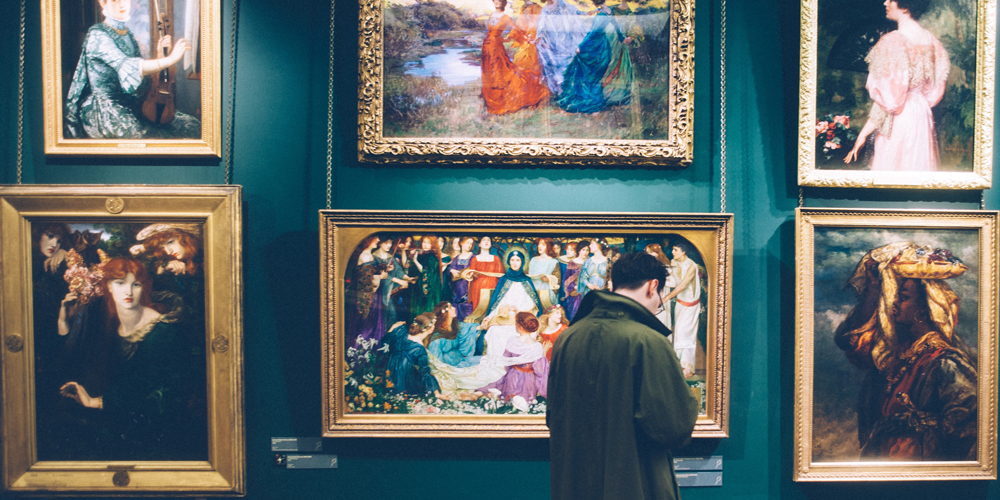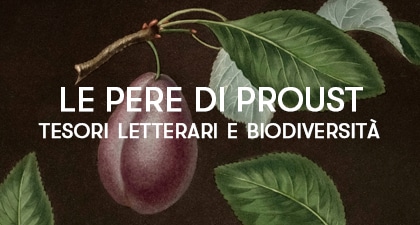Art between Collecting and Investment

Buying a work of art is an extremely rewarding experience and can also be a great investment.
Emotion and instinct play an important role in guiding one toward a particular piece of art; however, it cannot be ignored that such an investment might involve a financial sacrifice that should be assessed with extreme caution and clarity.
First, let’s dispel the myth that art is a luxury good reserved for a small elite.
In fact, there are many small and medium-sized investments in this field.
Every year, between 100,000 and 200,000 works of art are sold at auction for less than €10,000, and about 80% of the lots are accessible for under €5,000. This shows that it is not necessary to have exorbitant amounts of money to access the market.
Art belongs (along with gold and real estate) to the category of so-called “safe-haven assets,” which are those assets that are purchased during times of economic uncertainty because they are able to maintain their value over time, or even increase it.

This is a secure investment to protect (and possibly grow) one’s savings.
Furthermore, art represents an investment whose curve is independent of the performance of other investments (such as commodities, bonds, and stocks).
For this reason, many choose to invest in this field:
it is an excellent way to diversify one’s portfolio and reduce overall risk.
However, one must proceed with caution and keep in mind the particularities of the art market: it is a market with risks that are not always predictable and is fueled by insider information.
A famous example is the Banksy piece auctioned at Sotheby’s – sold for over a million pounds – which “self-destructed” an instant after being sold.
Moreover, investing in art means making an investment for the medium to long term: patience, prudence, and foresight are necessary.
Let’s not forget that it will not always be possible to resell the work at the desired time and under the desired conditions.
It is not essential to be a professional or a great connoisseur to enter this world; however, curiosity, dedication, and caution are required.
Determining the value of an exceptional and unique asset like a work of art is complex and depends on numerous variables.
These are the key factors to consider before purchasing a work: the artist, the period, the subject and dimensions of the work, its uniqueness, its state of preservation, the reliability of the attribution, provenance, any publications, and the exhibition history.
The price of the work is also influenced by external variables, such as the method of sale, tax regulation, the right to circulate, current tastes, and market liquidity.
Being well-informed is imperative and essential; it is better not to take risks if the situation is unclear.
Once the necessary precautions have been taken to protect oneself from forgeries and scams, it is possible to let oneself be carried away by emotions and trust one’s instincts. Let us not forget that the main purpose of art is to inspire noble feelings and make us feel good.
Also, by choosing what one likes, one can never go wrong.
In our store in Milan, a whole weekend dedicated to collecting is coming up.
A three-day event focused on Art and Antiques, within which the cultural initiative “Collecting Beauty” will take place, an encounter with art historian and critic Maria Silvia Proni, where the origins of collecting will be discussed, why people collect, how to create a collection, and who the collector is.







